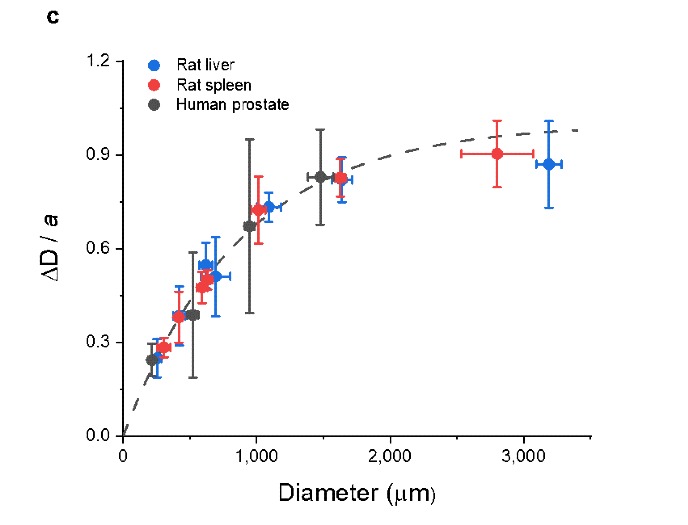Student projects
Master project (Afstudeerproject) Tissue clearing
Background: Human tissue is not transparent. This precludes using optical methods to investigate what goes on in tissues at high (µm) resolution. Being able to do so would be important for the cancer treatment, as conventional medical imaging only provides mm resolution. Fortunately, methods exist to make tissue optically transparent, i.e. to “clear” them, in order that optical methods can be used. Over the last decade, the use of the various optical clearing methods has dramatically increased. This is because optical clearing in combination with ultra (or Light Sheet) microcopy has led to significant advances in understanding brains and the nervous system. Currently, application of this approach in cancer research is being explored.
The problem: Although many different protocols for tissue clearing have been developed, we still lack a rigorous understanding of the physical and chemical principles underlying the tissue clearing process1. In fact, till this day incoherent results are reported in the literature even on a notorious consequence of tissue clearing: tissue shrinkage.
Results obtained so far: Recent experimental investigations have revealed that clearing induced shrinkage is not only dependent on tissue but also exhibits a thickness size effect (see figure below). The dependence of shrinkage on sample diameter D can be described by a [1 – exp (-D/L)] expression but we do not have a theoretical explanation yet2.

Your task will be to systematically study the effect of tissue shrinkage in 3D, as a consequence of the various processing steps, to help come up with better methods to study what is going on and to help develop a model for this.
Supervisors will be:
- Dr. Pieter van der Zaag, Zernike Institute, room 5115.0106, e-mail: p.j.van.der.zaag rug.nl.
- Prof. dr. E. van der Giessen, Zernike Institute, room 5113.0118, e-mail: e.van.der.giessen rug.nl
- Prof. dr. W.H. Roos, Zernike Institute, room 5115.0108
1See H.R. Ueda et al. ”Tissue clearing and its application in neuroscience”, Nature Rev. Neurosc. 21 (2020) 61.
2See R. Vulders et al. “Clearing-induced tissue shrinkage: Novel observation of a thickness size effect”, bioRxiv www.biorxiv.org/content/10.1101/2020.04.20.051771v1
